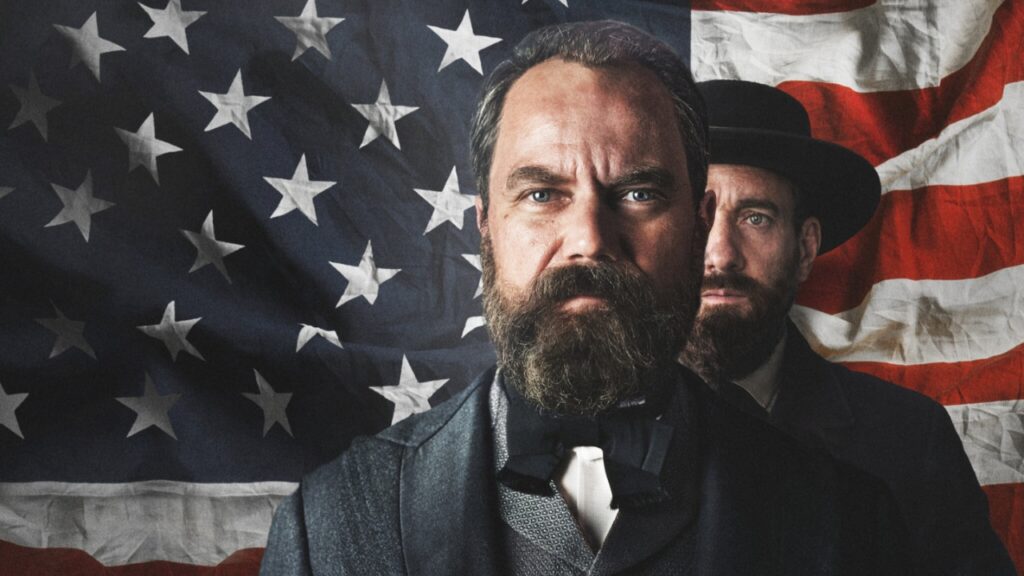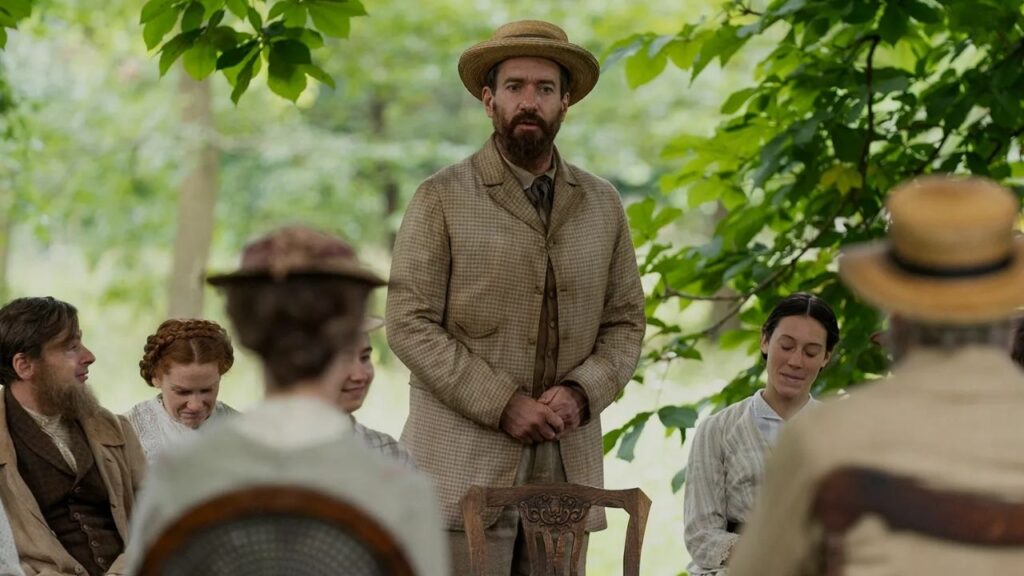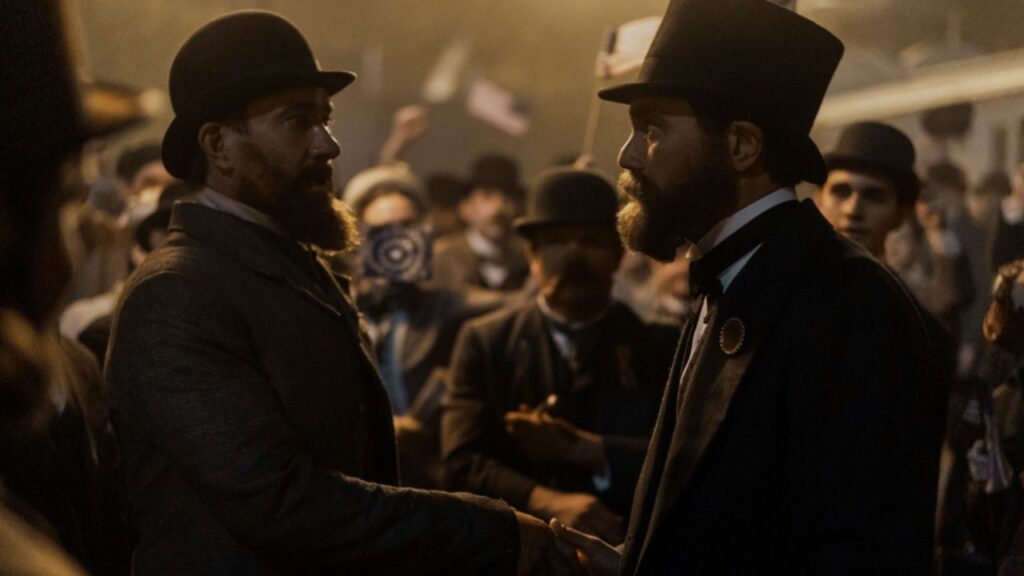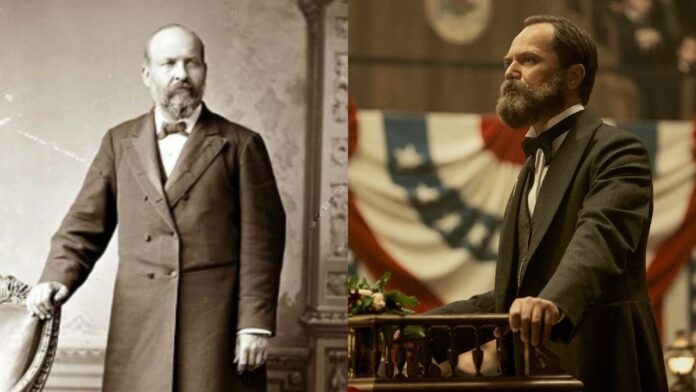If you’ve watched ‘Death by Lightning‘ on Netflix, you probably had the same reaction most of us did. Some of you probably even took a nosedive in Google searches, because, obviously, not all the Netflix series shows we watch are true.
Garfield, Guiteau, the politics, the chaos; it’s a lot to take in, and the show doesn’t always make it clear what actually happened. And once you look into it, you realise the truth behind the story is even stranger than some of the fictional moments the series adds.
The Real History Behind ‘Death By Lightning‘

To begin with, the show actually gets Garfield’s rise to the presidency surprisingly right. He didn’t attend the 1880 Republican Convention to become president at all. Instead, he showed up simply to support another candidate. But after giving a powerful speech, he unexpectedly became the nominee. Even Michael Shannon, who plays him, said Garfield wasn’t completely without ambition, but his intentions weren’t selfish.
Related: The True Story Behind Netflix’s ‘House Of Guinness’
Eventually, he won the election, took office in 1881, and ended up serving only 200 days. Moving forward, the show also accurately portrays Guiteau’s unusual past. The Oneida Community (the group practicing “complex marriage”) really existed, and Guiteau did live there between 1860 and 1866. He bounced in and out of the community until it finally dissolved in 1881.
It’s hard to believe, but even the series creator, Mike Makowsky, said that Garfield’s real-life story seemed so unbelievable that he kept checking online sources just to make sure the book wasn’t exaggerating anything. But even with all this real-life drama, the show still added drama that never actually happened.
The Fictional Moments That Felt Way Too Real

Now that you’re already aware of the real historical parts in the show, it’s easier to filter out the fictional parts. For example, one of the most obvious invented scenes is the wild night involving Vice President Chester A. Arthur and Guiteau at a women’s boxing match. It looks entertaining on screen, but Makowsky openly admitted he created it purely because the idea of Nick Offerman and Matthew Macfadyen in that moment felt irresistible. In real life, Arthur barely interacted with Guiteau.
In case you missed it: Why Netflix’s ‘Wayward’ Feels Too Real To Be Fiction
The series also creates an emotional prison meeting between Lucretia Garfield and Guiteau. In the show, she tells him his legacy will mean nothing, which would’ve crushed Guiteau the most. But historically, none of this happened. She didn’t visit him, she didn’t confront him, and she didn’t try to stop the publication of his book, The Truth and The Removal. In fact, Guiteau released it himself. Lucretia focused instead on preserving her husband’s papers, which later became part of the country’s first Presidential Memorial Library.
The Parts The Series Gets Surprisingly Accurate

Even with those fictional scenes, several important details remain completely true to history. Garfield’s medical treatment after the shooting is the biggest example. Guiteau shot him on July 2, 1881, but the bullet didn’t hit any vital organs. What killed him was the infection caused by his doctors, who used unwashed hands and unsterilized tools while trying to find the bullet. They even made a nearly 20-inch incision searching for it. He died 79 days later.
During his trial, Guiteau insisted he only fired the shot and that the doctors caused the death. The execution scene is also accurate. Guiteau really wrote the poem “I Am Going to the Lordy” on the morning of his hanging on June 30, 1882, and he actually recited it before the hood was placed over his head. And yes, the show is correct about what happened to his brain.
After the execution, doctors exhumed his body, removed his brain, and sent pieces to psychiatrists. Eventually, his brain ended up at the Mütter Museum in Philadelphia. Overall, the show sticks to the major historical truths but adds enough fiction to keep things dramatic and give us a good adrenaline rush.





